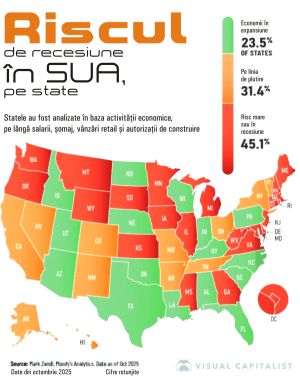The issue of microplastics ending up in nature is being studied with highly accurate "tools." The quantity of microplastics in Antarctica is being analyzed using nuclear physics by studying the region's waters, marine sediments, and even penguin droppings, according to Reuters. The new joint investigation launched by the International Atomic Energy Agency (IAEA) of the UN and the Argentine Antarctic Institute (IAA) is part of the IAEA's NUTEC Plastics initiative, which has analyzed plastic micro-pollution in countries worldwide.
Rafael Grossi, the Director-General of the IAEA, stated that the use of nuclear applications made it possible to accurately determine the amount of pollutants in marine soil and their source. "The health of Antarctica is essential for the health of the planet," Grossi told Reuters from the "White Continent," where he visited with Argentine President Javier Milei on Saturday. "Microplastics affect the environment, and this place is no exception," added Rafael Grossi.
The program will utilize the Argentine icebreaker Almirante Irizar, and scientists will collect samples of penguin guano, sediments from the seafloor, and water around the glacial cap to analyze them at the Argentine Carlini base in Antarctica. Other samples will be sent to the IAEA research center in Monaco. "We pay special attention to the smallest fractions of microplastics and try to find out their origins," said Lucas Ruberto, a researcher at IAA, adding that the ways in which these micro particles can be removed and even prevented will be identified later. Additionally, through this program, they aim to find out "whether (microplastics) have been transported by marine currents from other regions of the planet or are generated right in Antarctica," as Lucas Ruberto stated. He mentioned that microplastics - plastic particles smaller than 5 millimeters - are a global issue due to the widespread use of plastic materials and are harmful to living organisms. These micro particles are often ingested, accumulate in organisms, and can lead to diseases. According to Lucas Roberto, it is estimated that since its introduction to the market, 7 billion tons of plastic have been released into the environment, with a significant portion ending up in the marine environment.




























































